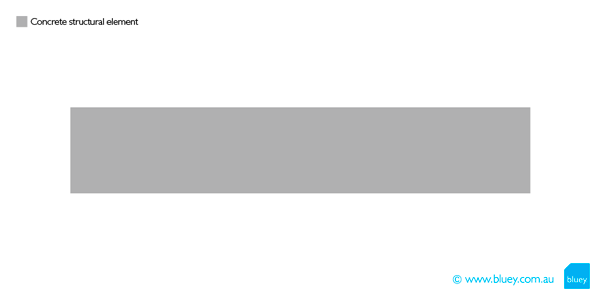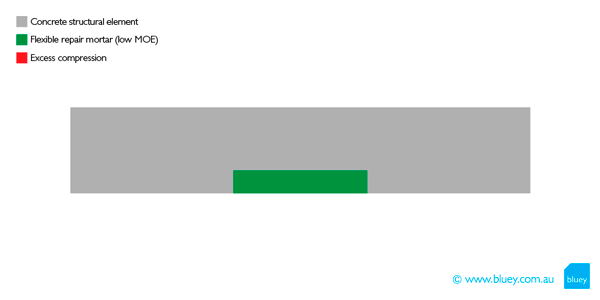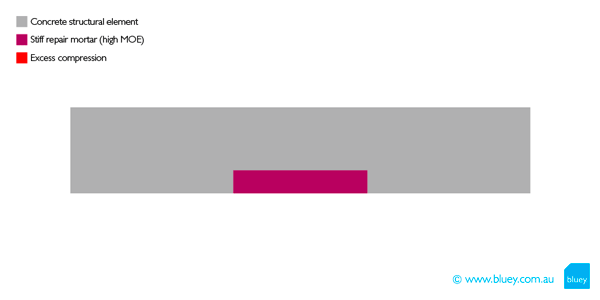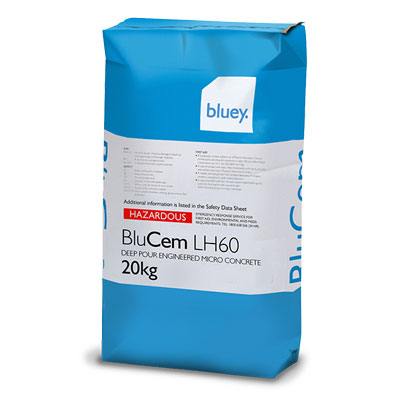Modulus of Elasticity of Concrete: From the wide range of opinions about the best performing materials to the dozens of available products, the selection of concrete repair materials is a highly complex and challenging task. Depending on the application, the key drivers of performance can be categorised as either; durability, structural or aesthetic performance. This blog will focus on the structural requirements for concrete repair materials.
DESIRED REPAIR MATERIAL PROPERTIES FOR STRUCTURAL PERFORMANCE
Let’s break it down simply. In order to work effectively through the life of the structure, repair materials will have the best possible chance of succeeding with the inclusion of the following attributes:
COMPRESSIVE STRENGTH – Compressive strength is important but not as critical as it may first seem. There is a generally accepted view that the compressive strength must be closely equivalent to the structure being repaired. This is based on the incorrect assumption that there is a direct relationship between compressive strength and elasticity. This view comes from AS3600 which provides empirical methods of estimating elastic modus based on compressive strength. Whil st this relationship may be somewhat valid for concrete, it does not apply to repair mortars. This is especially true for modern proprietary mortars which utilise polymers and lightweight aggregates. When it comes to the required compressive strength in a repair mortar, the value only becomes relevant once the repair is acting in compression. In this regard, the repair mortar is required to have a compressive strength greater than the material being replaced.
MODULUS OF ELASTICITY OF CONCRETE (MOE) – It is of vital importance that the repair responds to the stress in the same way as the original material. If it doesn’t, then the structure will react differently under load to the original design.
Figure 1: Shows how a concrete structure typically responds in bending without repairs. (Animation shows much greater flexibility than in a real application).

Figure 2: Shows an example of when a more flexible material, with a low MOE, is used for repair. 
Figure 3: Shows an example of when a more stiff material, with a higher MOE, is used for repair.

In each case, the structure responds completely differently to the original design and develops unexpected areas of stress outside of the repaired area. For these reasons, it is critical that the repair material deforms under load similarly to the original concrete. This is why MOE is such an important material property. Typically the specified modulus of elasticity of concrete would be left up to the Engineer to decide but for general repairs, we would aim for a MOE of with 5-10GPA of the host material.
BOND – This property describes more than just the requirements to hold the repair in place. In most cases, bond is the only way of transferring shear stresses between the repair material and the host structure. The shear loading at the bond zone can be high as the repair is typically applied behind the reinforcement and is responsible for transferring the tensile forces in the steel reinforcement through to the compression zone. Typically, it would be ideal for the bond to be equal to the original tensile strength of the concrete but this is rarely achievable even with high-performance bond agents. We then ask “how much of a compromise is acceptable?” This question can only be answered by the Structural Engineer. It is, however, important to note that bond performance can only be assessed on-site as it is a function of the host concrete properties more than the repair material itself. Most repair products now contain polymers and other additives to improve bond but this bond performance can only be as good as the weakest link which is usually the prepared concrete surface.
SHRINKAGE – This is a very widely misunderstood property and deserves an entire technical discussion to itself. The main point to consider here is that no cement product is volumetrically stable. Cement products naturally shrink and this shrinkage is compensated with various forms of expansion agents. The key to creating a repair which doesn’t crack is to have these expansion agents providing the right amount of expansion to compensate for the same amount of shrinkage at the right point in time. Typically only 28 and 56-day shrinkage of a repair material is considered, however volumetric stability in the first 24 hours can be the most critical. This is a complex field, even without considering thermal effects or the myriad of shrinkage tests available and their relevance.
In summary, the best performing repair mortars will have:
- A Modulus of Elasticity which is closely equivalent to the replaced material
- Have at least the same compressive strength, high bond characteristics
- Be volumetrically stable throughout the entire curing process.
If this can be achieved, you can be confident that the repaired product won’t fail under load and also won’t create additional stress for the existing structure.
The selection of concrete repair materials is a highly complex and challenging task. We recommend speaking to Bluey (1300 0 BLUEY) before selecting a repair mortar for your next project.

